Live Maine Lobster
 Live
Live
• Sourcing: Sustainably Wild-Caught
• Purity: Antibiotic & Mercury-Free
• Freshness: Live Arrival Guaranteed
🎁Receive a free gift with any order🎁
We’ve added a free gift to your cart for you to choose.
🚚Should you wish to schedule a delivery time, please specify in the order notes during checkout. Orders without such notes shall be dispatched promptly.
Order within

Site scanned and certified secure.
Orders completed without issues in the last 90 days.
Business identity and contact verified.
Eligible shoppers receive identity protection up to $100,000.
Quick Delivery?
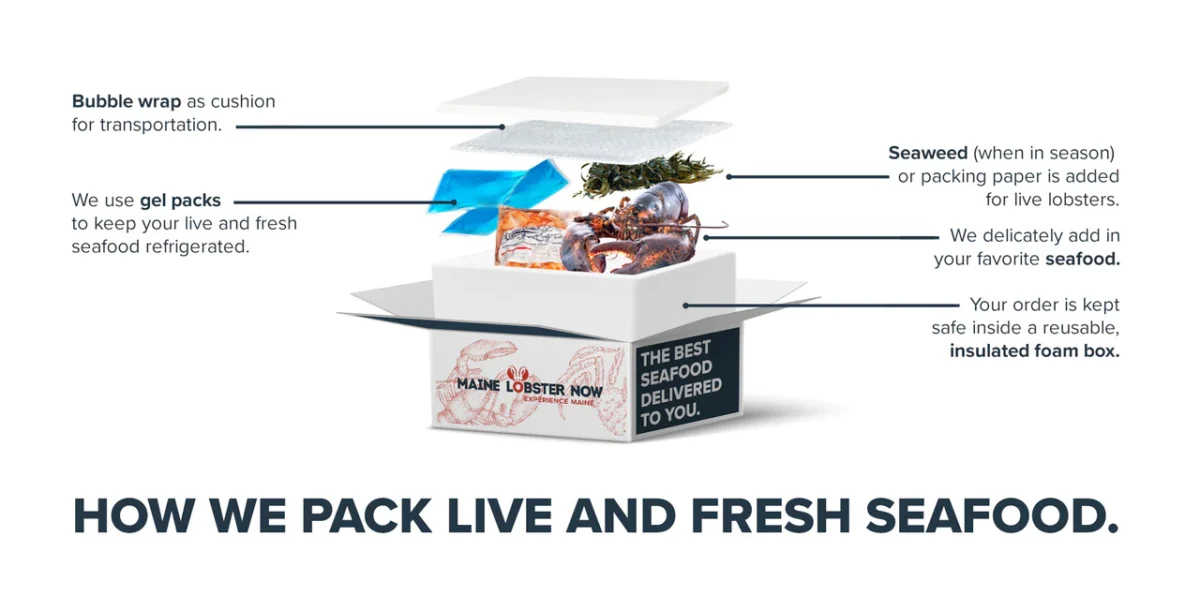
How To Tell If a Lobster Is Spoiled
- Your lobsters should look alive with tails straight and claws up. Even if your lobster seems cold, the legs underneath their body should move a little.
- If you have a lobster that isn’t moving, set it on its back and wait. If it doesn’t start to move in a few minutes, it’s dead. You shouldn’t cook dead lobster, so let us know as soon as you discover the loss. If one of your lobsters is dead, please take a picture of it on its back and email customer service for a refund. Including an invoice number will expedite the refund process.
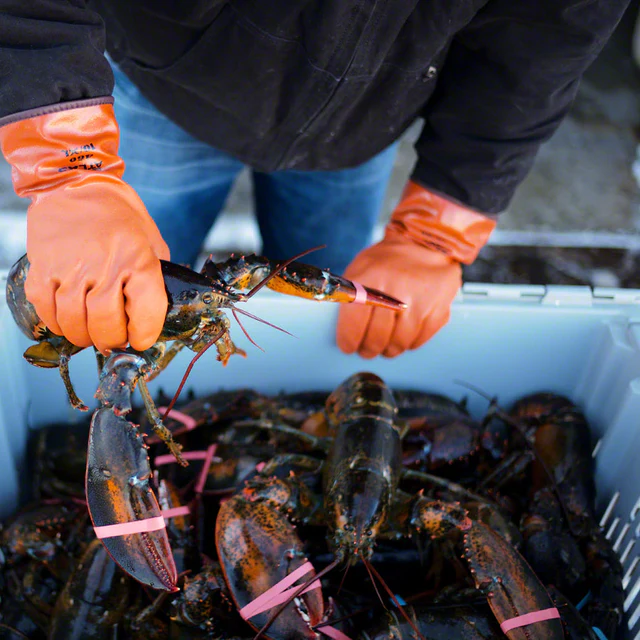
Getting Ready To Cook — Things You Should Know Before You Start Cooking Lobsters
Do you know how to cook lobster until it’s tender, juicy and not overdone? Cooked lobster is incredible and a perfect crowd-pleaser. However, cooking lobster isn’t intuitive and requires several steps for best results.
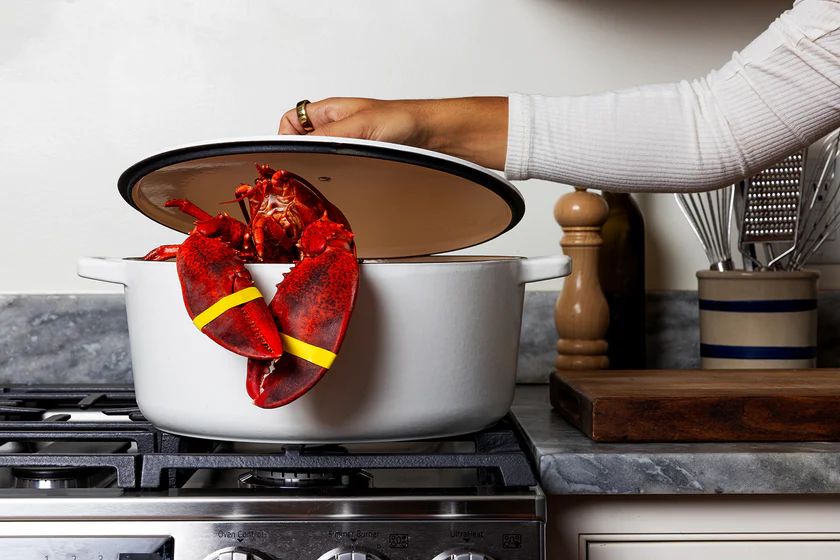
How to Cool Cooked Lobster
Cooling your lobsters after steaming or boiling is essential to avoid overcooking them. People often turn the stove off but leave steaming lobsters in the pot. However, they’ll continue to cook if left hot and may be ruined.
A good way to prevent overcooking is to spray cooked lobsters with your sink’s hose or an outdoor hose. Spraying them with cold, fresh water after they finish cooking helps them remain in the perfect serving condition. Turning off the fire isn’t enough, and leaving them in a hot pot filled with steam will cause them to keep cooking. Spraying them with cold water is the best option.
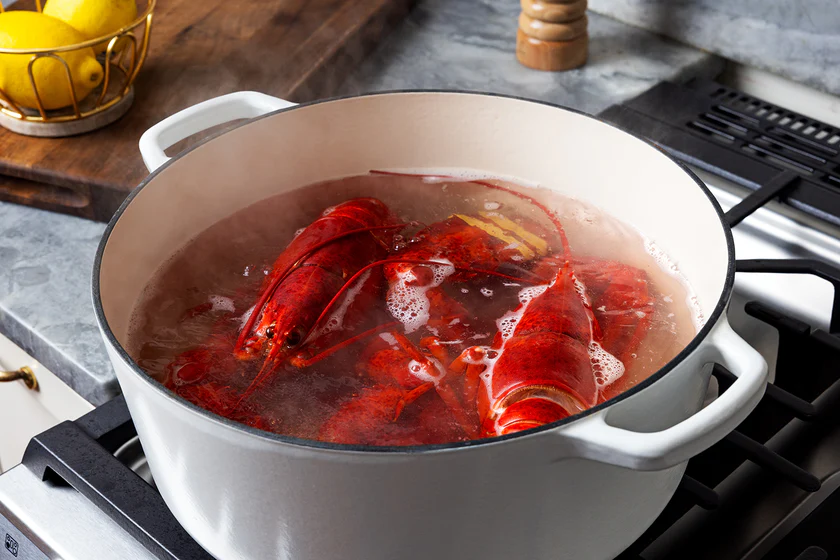
What Tools Do You Need to Cook Lobster?
If you have a regularly stocked kitchen, you can cook lobster. However, there are some specific items that can make cooking lobster much easier and faster. Here’s a quick list of kitchen tools to have on hand when you’re cooking lobster:
- Large pot
- Tongs or heat-safe gloves
- Rubber bands for the claws
- Kitchen knife
- Lobster crackers
- Bowl to collect meat
- Plate for shells
Instructions for Boiling Live Jumbo Lobsters:
- Fill a large pot with water, cover it with a lid and let it reach a rolling boil. Improve the cooking flavor by adding salt.
- Place the lid on the pot and continue cooking until the tail’s internal temperature reaches 170 degrees Fahrenheit. Place a digital thermometer’s probe in the top of the tail’s soft membrane to check its temperature. Ensure you insert the thermometer into the meat for an accurate reading, not between the shell and the meat.
- Check the claws’ temperatures after the tail reaches 170 degrees because a larger lobster’s claws require a longer cooking time than its tail. Insert the thermometer probe above the top of the claw, through the soft membrane and into the meat. Check both claws since they differ in size, and remember that larger lobster claws require more cooking time. Separating the tail from the claws after it reaches 170 degrees and continuing to cook the claws separately is the best way to ensure they also reach 170 degrees. Refer to the chart below for additional boiling time information.
- Submerge the lobsters in ice or ice water after it cooks fully.
- A jumbo lobster’s shells are significantly harder than small lobsters’ shells, so you will most likely need to crack its claws using a mallet or hammer.
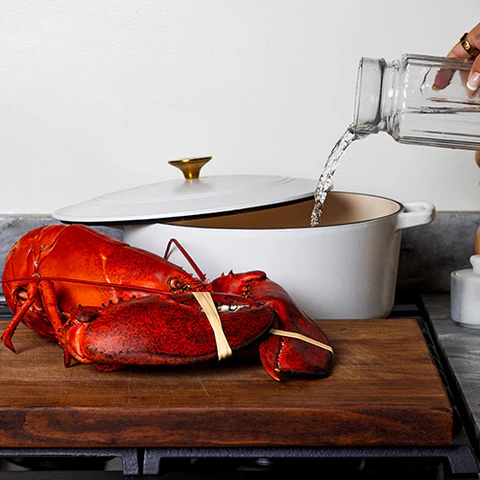
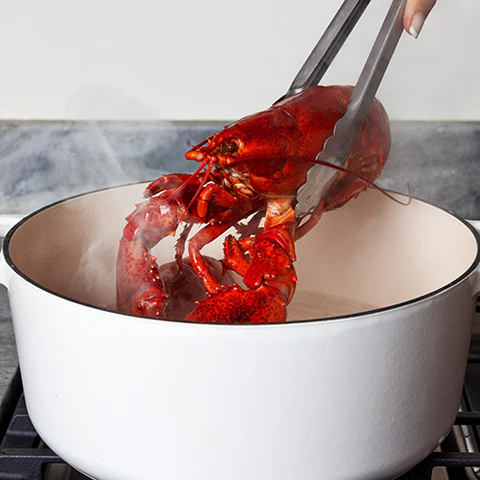
Instructions for Steaming Live Lobsters:
- Pour approximately 2 inches of water into your pot, and add Maine sea salt if you use freshwater.
- Place seaweed in the pot if you wish.
- Wait for the water to reach a heavy boil.
- Place your live lobsters in the pot with tongs or gloves, and cover the pot tightly.
- Reduce the heat to a rolling boil after it starts to boil heavily again, and start your timer.
- Steam the first pound of lobsters for nine minutes and an additional four minutes per each extra pound. Refer to the steaming times listed below.
- The steamed lobsters will turn a bright red shade when they finish cooking.
- Once they’re done, remove them carefully with gloves or tongs. Place them in cool water or place them on a plate for three to five minutes so they can cool.
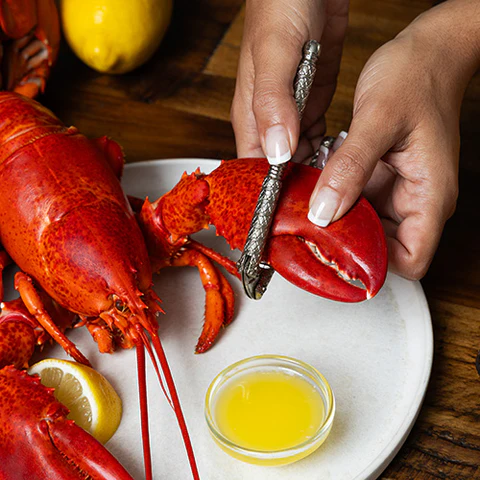
Lobster Cracking Instructions:
- Twist off the lobster claws.
- Crack each lobster claw and knuckle with a lobster cracker.
- Separate the lobster tail from the body.
- Insert a fork and push the tail meat out in one piece.
- Remove the black vein which runs the length of the lobster tail.
- Extract the meat from the legs by biting down and squeezing the meat out with your teeth.
- Use your fork to find the meat in the lobster’s tail flippers.
Our Commitment to Traceability
We ensure every lobster is traceable back to the dock where it was caught. From harvest to delivery, we track each step of the supply chain to maintain transparency and sustainability. This commitment guarantees the freshest, highest-quality lobsters while supporting responsible fishing and giving our customers confidence in their seafood’s origins.
Nutritional Benefits
Lobster is a nutritious seafood rich in lean protein, essential for muscle repair and overall health. It is also an excellent source of omega-3 fatty acids, which support heart health, reduce inflammation, and may improve brain function. Additionally, lobster contains important vitamins and minerals like vitamin B12, zinc, and selenium, promoting immune and nervous system health.
Storage & Thawing
Handle live lobsters carefully and cook them the day they arrive, as survival isn’t guaranteed overnight once delivered. Store them in the refrigerator, either in the box or wrapped in damp paper with seaweed, but do not use an air-tight container, ice, or freshwater. Be cautious when handling lobsters, as their claws and tails can cause injury, especially if they arrive without bands.
SHOW ME PRODUCTS
WEEKLY DEALS
Related products
Super Colossal Red King Crab Legs
Rated 5.00 out of 5$66.00 – $115.00Price range: $66.00 through $115.00
Select options This product has multiple variants. The options may be chosen on the product page-
- 3kg
- 4kg
- 5kg
- Clear
-
Maine Lobster Tail x 2
Rated 5.00 out of 5$12.00Original price was: $12.00.$8.00Current price is: $8.00.




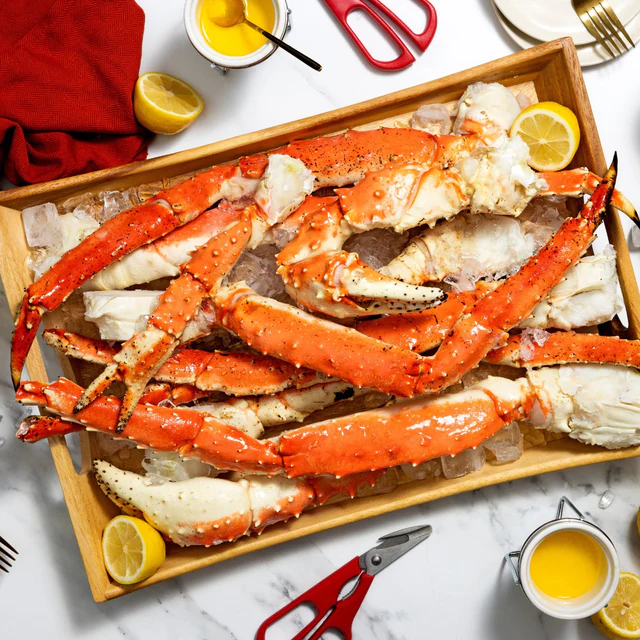
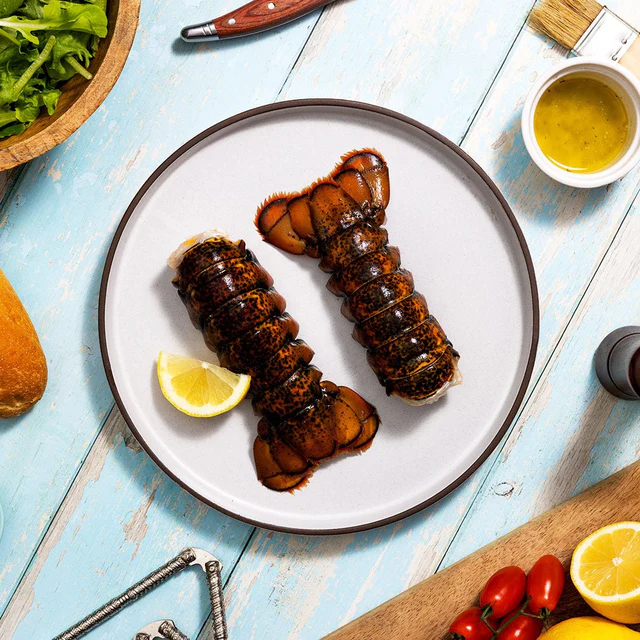

180 reviews for Live Maine Lobster